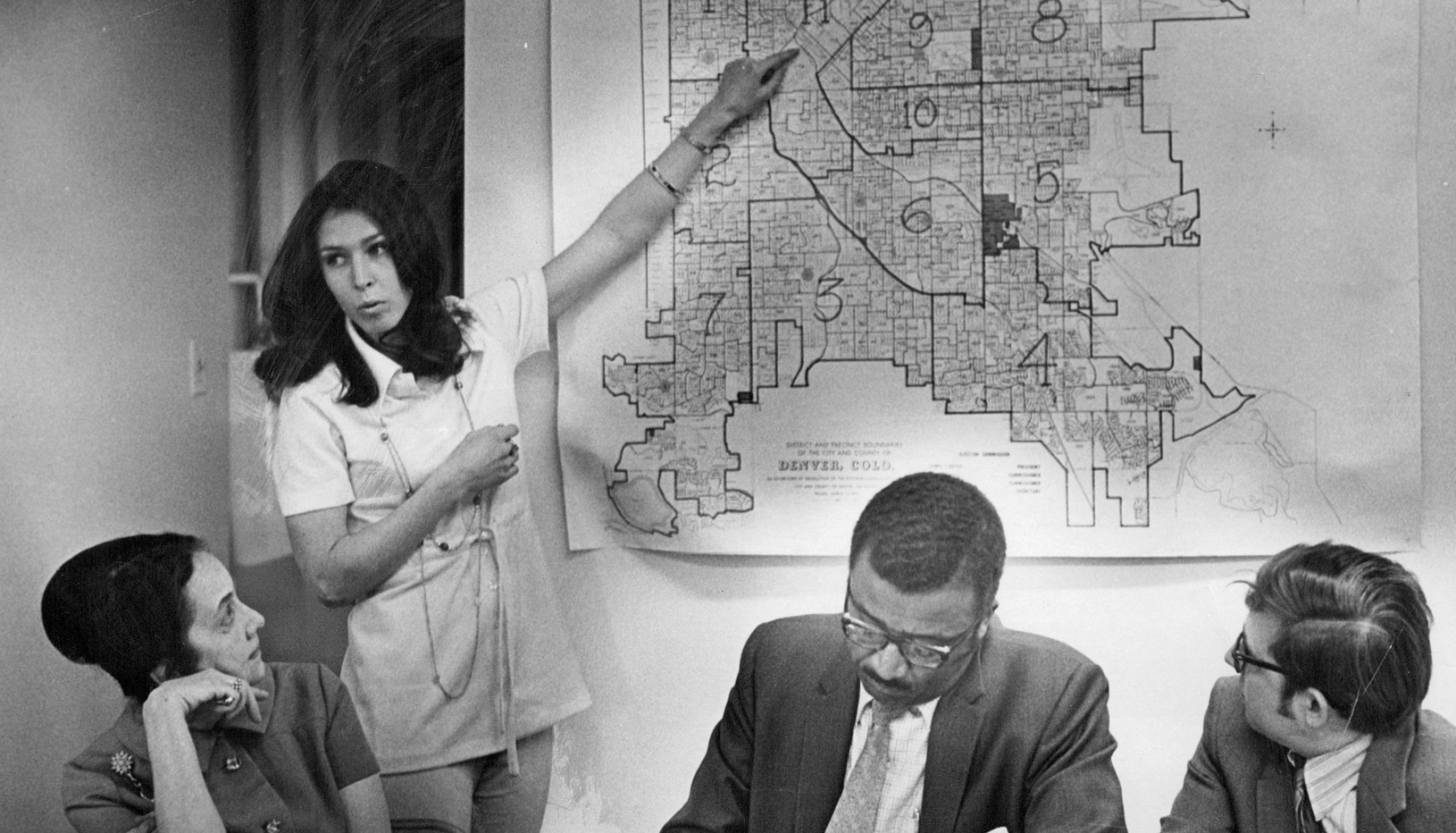Gerrymandering has long been a contentious issue in American politics, wielding a significant influence on the outcomes of elections. In this insightful exploration, we delve deep into the intricacies of gerrymandering and its far-reaching electoral consequences.
The Origins and Basics of Gerrymandering
Gerrymandering, a term first coined in the early 19th century, is the deliberate manipulation of electoral district boundaries to favor one political party or group over another. This cunning practice seeks to maximize the power and representation of one’s party while minimizing the influence of opponents.
The Art of Redrawing District Lines
At its core, gerrymandering involves redrawing the boundaries of electoral districts to ensure an advantageous outcome for the party in control. This process is akin to an artist meticulously crafting a masterpiece, with the strokes of a pen serving as the medium to achieve the desired political landscape.
The Electoral Consequences
Skewing Representation
One of the most glaring consequences of gerrymandering is the distortion of representation. By manipulating district lines, it becomes possible to concentrate or dilute the voting power of certain demographics. This, in turn, can lead to a skewed representation that doesn’t accurately reflect the people’s will.

Incumbent Advantage
Gerrymandering often secures the position of incumbents. When redrawn districts favor one party, it becomes exceedingly challenging for an opposition candidate to unseat the established representative. This results in a less competitive political landscape.
Polarization of Politics
The practice of gerrymandering contributes to the polarization of politics. With safe districts guaranteed for one party or the other, candidates have less incentive to appeal to moderate voters. Instead, they cater to the extremes of their base, leading to a more divided and polarized political climate.
Reform and the Future of Fair Elections
Efforts to combat gerrymandering have gained momentum in recent years. Various states have implemented independent redistricting commissions to ensure fair and impartial district boundaries. Additionally, court challenges have sought to rectify gerrymandered districts and restore balance to the electoral system.
In conclusion, gerrymandering remains a complex issue with far-reaching consequences for the American electoral process. It distorts representation, favors incumbents, and fosters political polarization. However, with ongoing efforts towards reform, there is hope for a future where elections are fair, balanced, and representative of the people’s will.












+ There are no comments
Add yours